
What happened to the patch of trilliums that bloomed here each spring? I seldom see wild turkey broods on my property anymore; has the population declined in my area? It is annoying to have to push through a dense shrub layer when walking my woodland; why did it develop and what can be done about it?

Recognizing the concerns of private landowners, and the overwhelming demand for participation in cost-share programs addressing land management issues, the National Wild Turkey Federation (NWTF) submitted an Illinois Habitat Fund application to establish a forestry technical assistance program for private landowners in NWTF’s three primary Illinois focal landscapes—Driftless, Illinois and Kaskaskia River, and Shawnee Hills (see map). The focal landscapes were developed in large part on information from the Illinois Wildlife Action Plan. Collectively, the program may assist private landowners in 20 Illinois counties.
Administered by the Illinois Department of Natural Resources, the Illinois Habitat Fund provides qualified not-for-profit organizations and governmental entities with the opportunity for funding to enhance game and non-game wildlife habitat. Funding for the grant program comes from the sale of Habitat Stamps to sportsmen and sportswomen.
Recognized as a leader in wildlife conservation, NWTF is a non-profit organization dedicated to the conservation of the wild turkey and the preservation of our hunting heritage. Working with numerous non-profit, corporation and governmental agency partners, as well as private landowners, NWTF has helped restore wild turkey populations throughout North America from a historic low of approximately 200,000 to a high-water mark of nearly 7 million.
The focus of the NWTF has been creating quality habitat for the wild turkey, recognizing that the biggest limiting factor on the landscape for the turkey is quality nesting and brood rearing habitat. The wild turkey, like many other native wildlife species, will not use forested areas dominated by dense stands of bush honeysuckle, preferring an open woodland with an herbaceous vegetative cover that provides the protein-rich insect food source growing poults need. Habitat management actions, however, rarely benefit just a single species.

“The current Habitat Fund project, like most other projects undertaken with our partners, focuses on enhancing the wildlife quality of privately owned forest stands,” explained Jason Lupardus, Director of Conservation Operations for the Midwest Region of the National Wild Turkey Federation. “Such management efforts can be most impactful in Illinois on private land as approximately 90 percent of the state is so owned.”
“Woodland management for turkeys, as a generalist species in terms of food and habitat requirements, improves nesting and brood-rearing conditions, but also the habitat needs of a plethora of other species—migratory songbirds, bats, deer, squirrels, raccoons and more,” Lupardus continued.
“Since September 2019, we have contracted with 36 landowners who have committed to habitat improvements on close to 1,200 acres,” said Lupardus. In total, by early 2020 around 70 landowners will be contracted with to participate.

“A broad spectrum of habitat improvements is allowable under the program,” Lupardus said. “Some of the bigger actions are timber stand improvement, removal of non-native invasive species and planting of trees and shrubs beneficial to wildlife. Removal of native or non-native trees to release targeted tree species, such as oaks and hickories, ensures a preferred wildlife food is available throughout much of the fall and winter.”
In addition to being located within a focal area, qualifying landowners must have worked with a wildlife biologist or forester on the development of a forest management plan.
When it comes to the boots-on-the-ground work, landowners can opt to undertake the work themselves or they may contract with a conservation organization or private contractor. Once all the action items in the agreement have been completed, and the work has been inspected and certified, NWTF will pay the landowner their 75 percent cost share.
“I feel so good that we are able to help landowners get started down the path of quality land management actions on their forested land,” Lupardus concluded. “It is critical we provide quality technical assistance to the landowners who are motivated to remove non-native species and bolster the presence of high-quality wildlife food plants. Regardless of their anticipated end result—enhanced hunting opportunities or wildlife watching or wildlife photography—the work these landowners undertake will be benefit area wildlife for years to come.”
To learn more about the program, contact Jason Lupardus at (270) 599-1491 or jlupardus@nwtf.net
Kathy Andrews Wright retired from the Illinois Department of Natural Resources where she was editor of OutdoorIllinois magazine. She is currently the editor of OutdoorIllinois Journal.




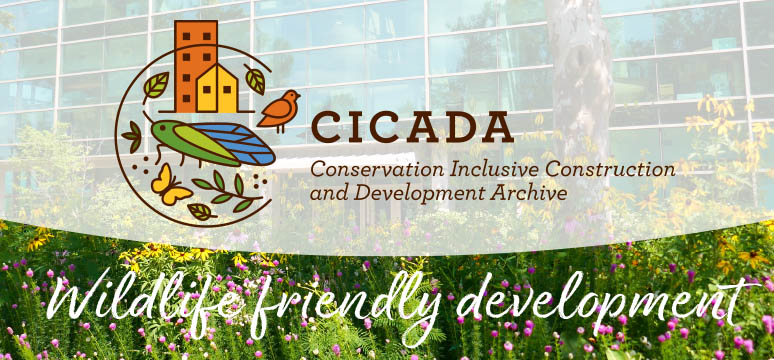
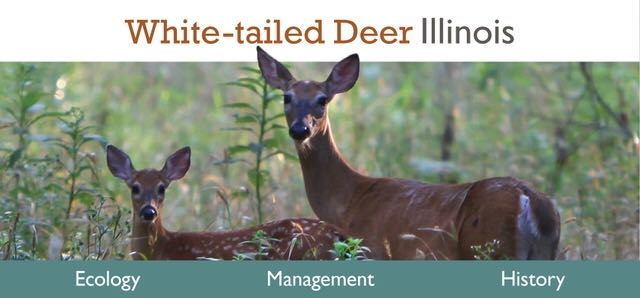
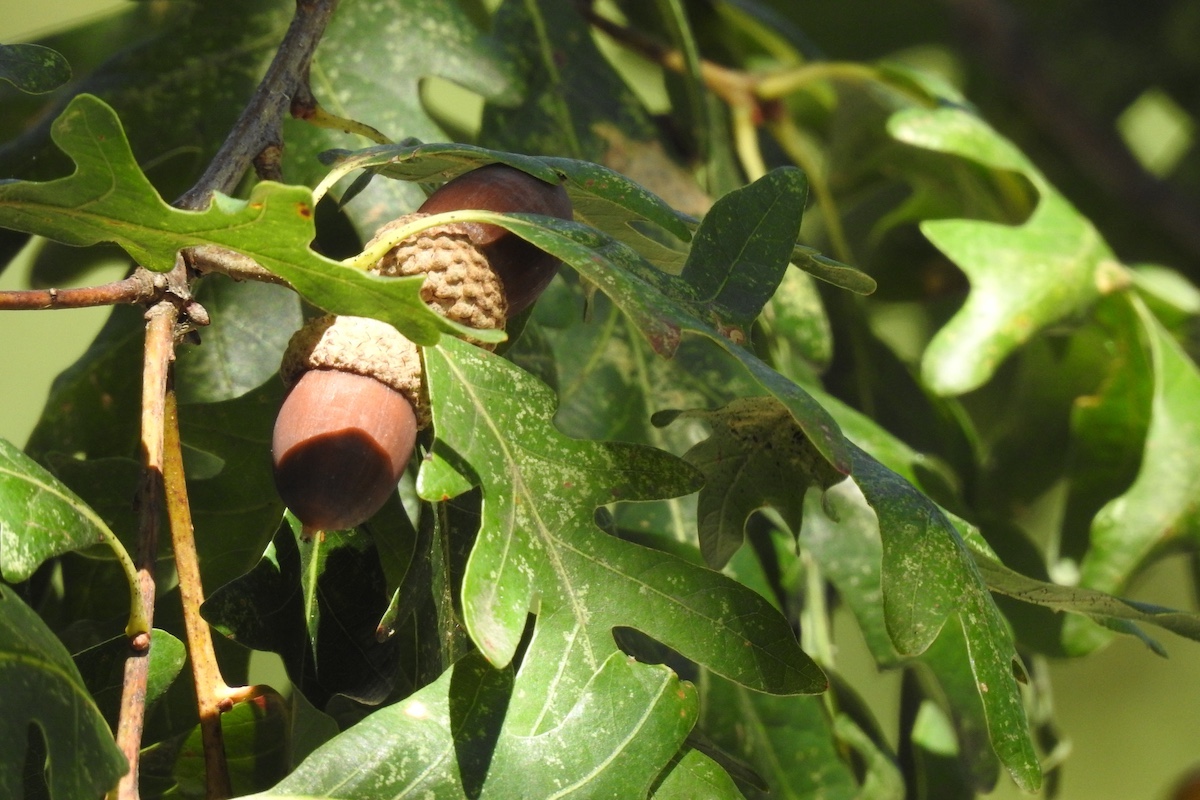
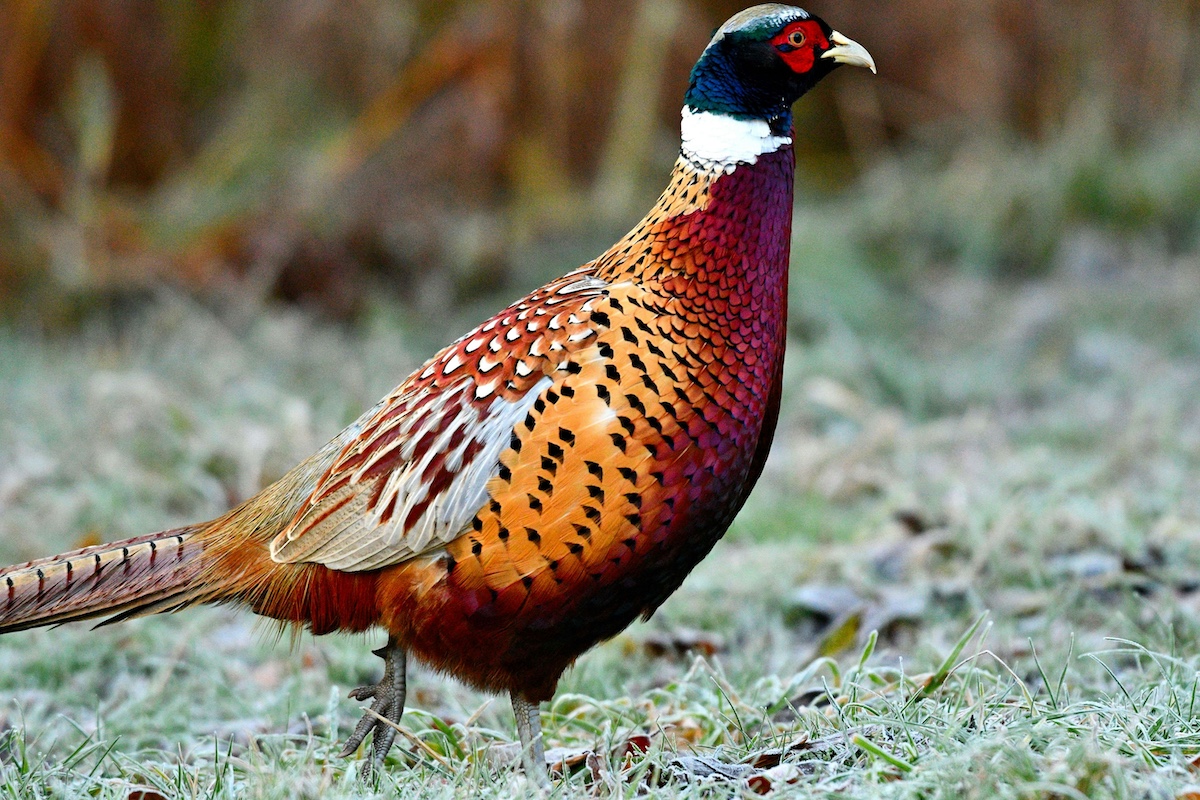
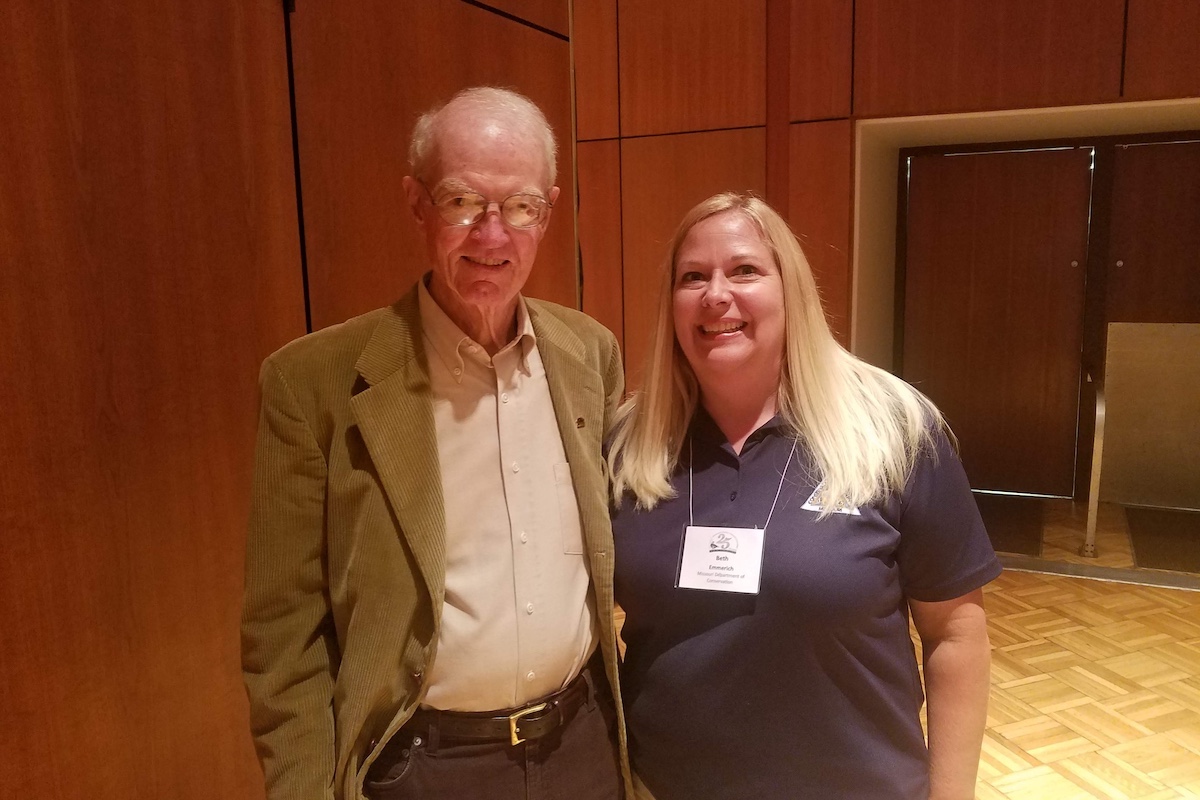
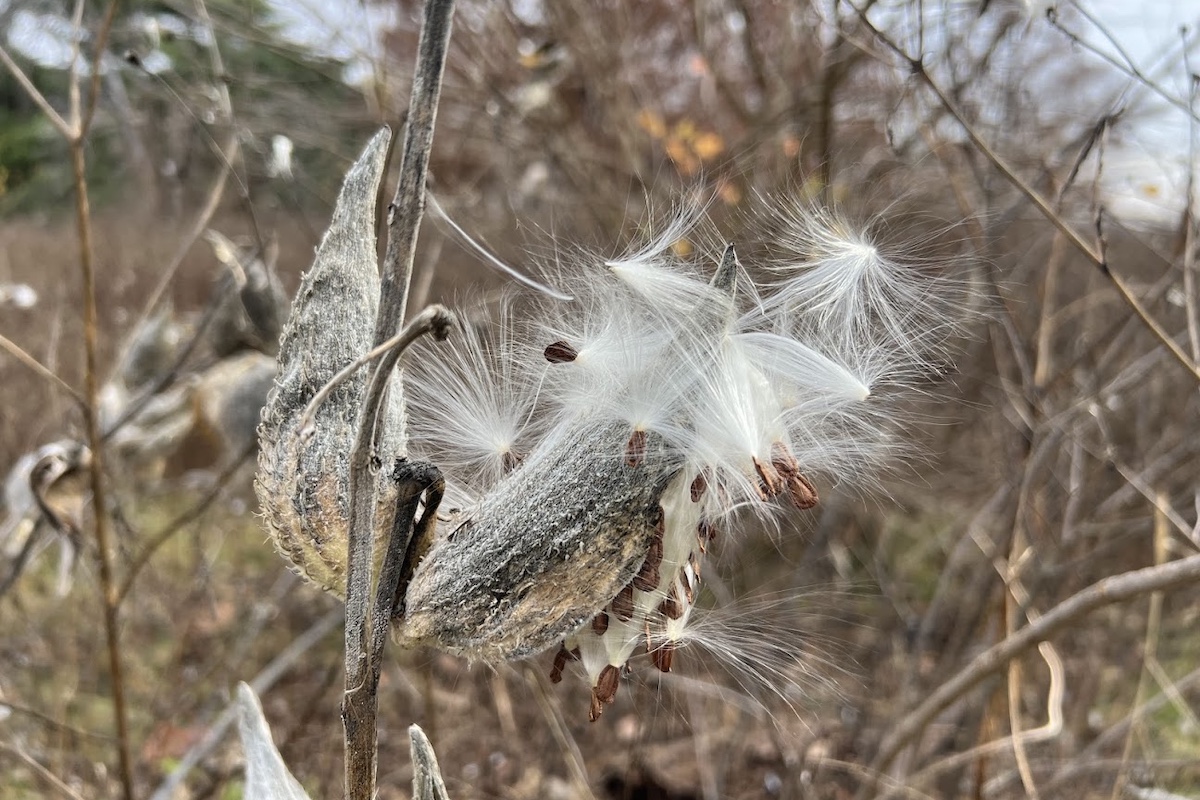
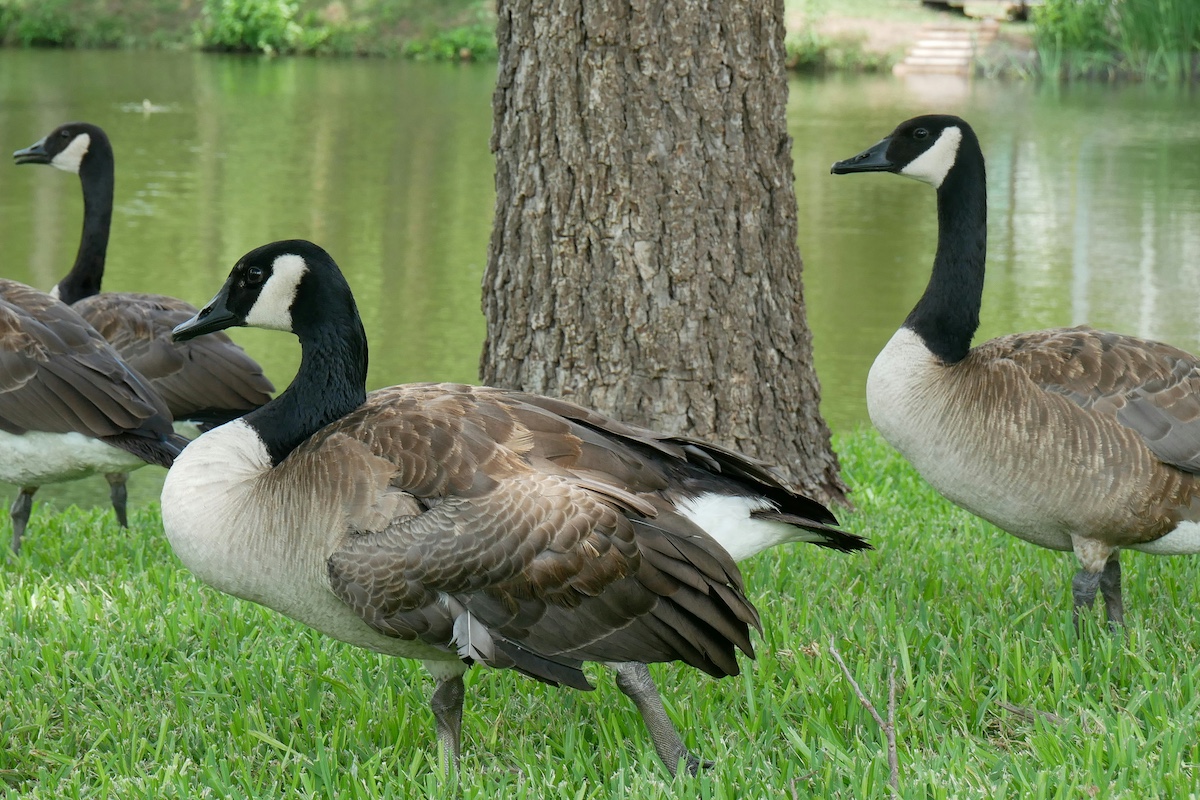

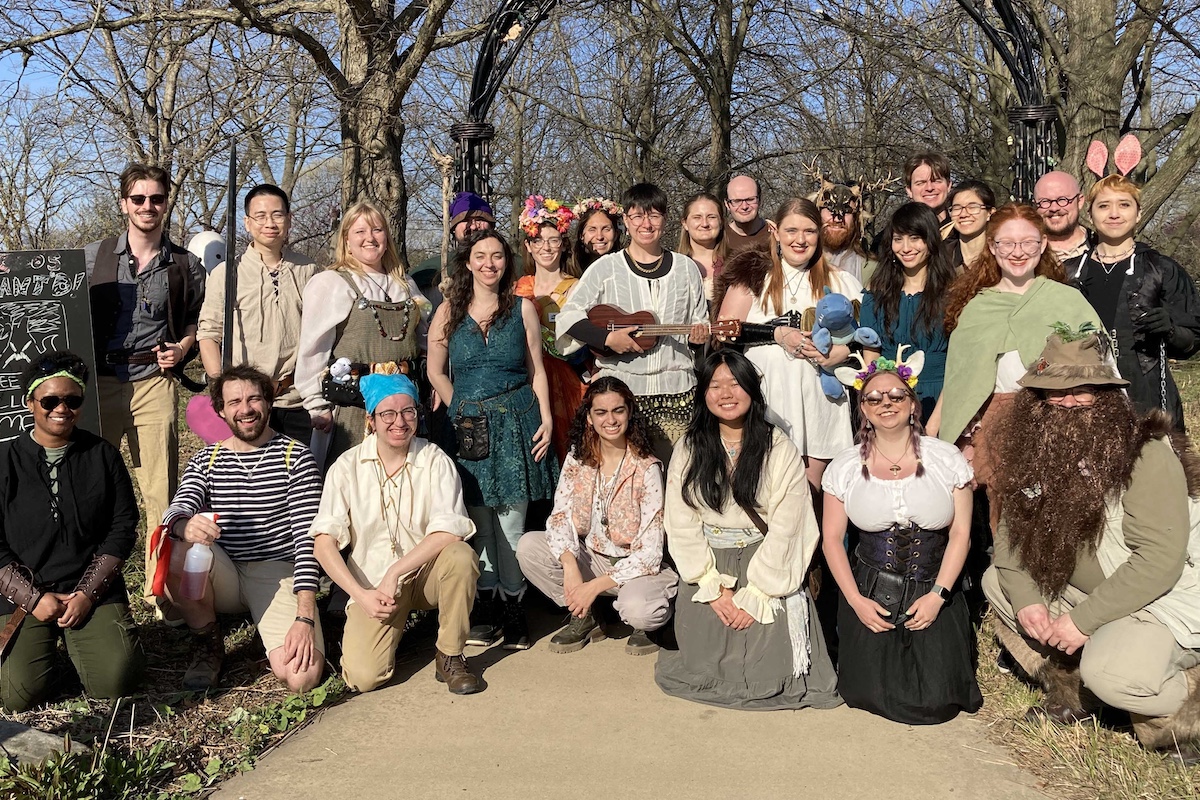
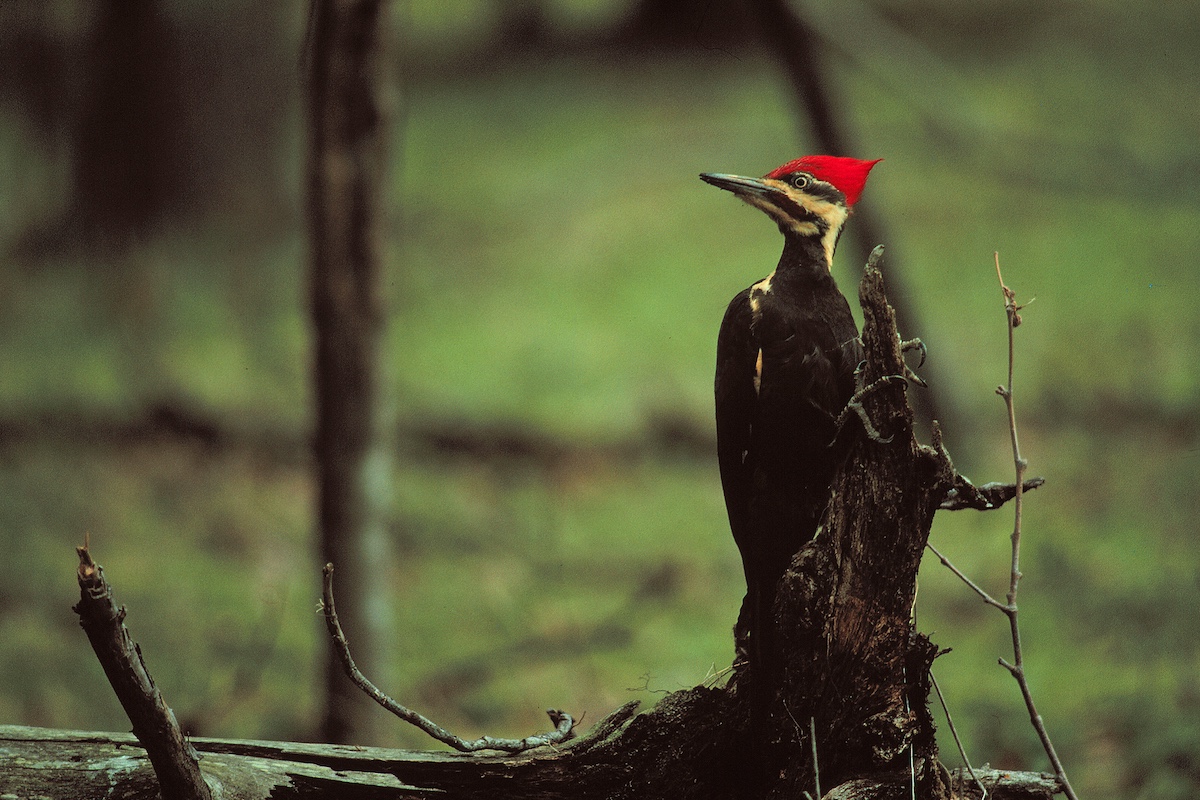


Submit a question for the author
Question: What do you know about Alabama forest programs?
Me, my brother and sister have 13 acres each adjacent to each other in Alabama.